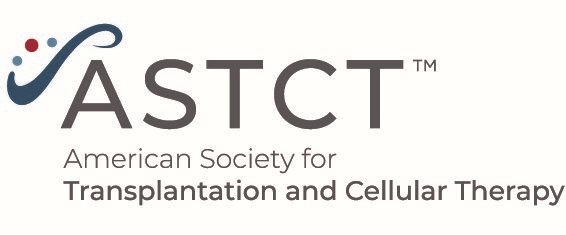
Inflammatory CD4/CD8 double-positive human T cells arise from reactive CD8 T cells and are sufficient to mediate GVHD pathology

A recently published article highlights the use of CD4-positive/CD8-positive double-positive T cells as a predictive marker for graft-versus-host disease.
In a recent observational study, researchers from the University of Wisconsin have identified a CD4+/CD8+ double-positive T cell (DPT) population as a predictive marker of grade 2 or higher graft-versus-host disease (GVHD). Using a xenograft transplant model, the authors found that the CD4+/CD8+ DPT population is transcriptionally, metabolically, and phenotypically distinct from CD4+ or CD8+ T cells. This study provides the first comprehensive insight into the origin and clinical significance of CD4+/CD8+ DPT cells in the context of GVHD.
Allogeneic hematopoietic cell transplantation (allo-HCT) is considered a curative therapy for some hematological malignancies but can lead to GVHD. While current GVHD prophylaxis drugs are aimed at the entire T cell population, this can have the unwanted effect of reducing graft-versus-leukemia (GVL) activity. Although current predictive GVHD biomarkers are serum based, T cell subsets and T cell specific GVHD prophylaxis treatments are being investigated. T cell populations expressing both CD4 and CD8 markers are of interest, as they have been found to be involved in many chronic inflammatory diseases. This study sought to determine the role of CD4+/CD8+ DPTs and their use potential use as a GVHD biomarker.
A total of 417 blood samples at different time intervals were taken from 35 adult allo-HCT recipients, within 100 days post-transplantation. From these, predictive biomarkers for relapse (CD45RO T cells and frequency of Tregs), GVHD (CD45RO T cells and the frequency of Tregs, CD8, and CD4+/CD8+ DPTs), and grade 2 or higher GVHD (frequency of Tregs and DPTs) were identified. A xenogeneic GVHD transplant mouse model, where human graft tissue is transplanted into immunodeficient mice, was then used to confirm the clinical findings. RNA sequencing (RNA-seq) determined that CD4+/CD8+ DPTs are transcriptionally distinct from single positive CD4+ or CD8+ T cells. Compared to single positive cells, CD4+/CD8+ DPTs had a unique expression profile consisting of CD27, OX40, PD-1, LAG3, TIGIT, TIM3, and CTLA4. CD4+/CD8+ DPTs were also found to have a unique metabolic profile, with a higher adenosine triphosphate (ATP) production, and a distinct increase in cell size (“blasting”). Lastly, the authors found that CD4+/CD8+ DPTs had reduced GVL activity, compared to single positive CD4+ or CD8+ single positive T cells. These findings suggest that DPTs represent a distinct T cell population which can be used as a biomarker for GVHD.
Reference
Hess NJ, Turicek DP, Riendeau J, et al. Inflammatory CD4/CD8 double-positive human T cells arise from reactive CD8 T cells and are sufficient to mediate GVHD pathology. Sci Adv. 2023;9(12):eadf0567. doi:10.1126/sciadv.adf0567
Newsletter
Stay up to date on recent advances in the multidisciplinary approach to cancer.





